Swiss planet hunter among top scientists
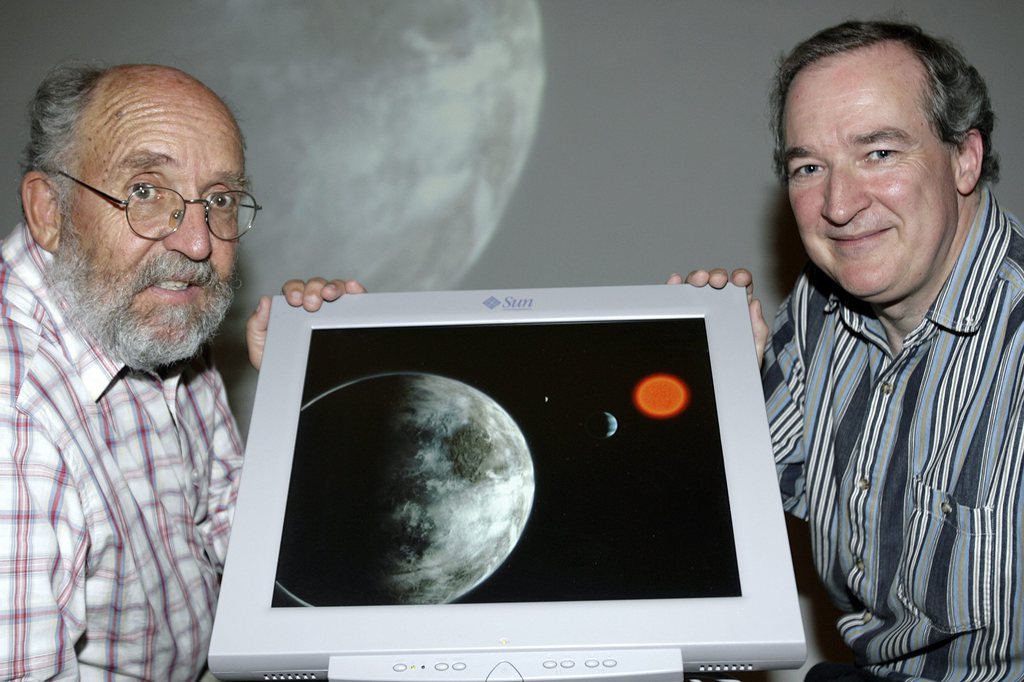
The discovery of an earth-like planet outside our solar system vaulted Swiss astrophysicist Michel Mayor to a spot among the top ten scientists of 2013, according to a ranking in the renowned journal Nature.
In 1995, Mayor and Didier Queloz made the first discovery of a giant planet orbiting a sun-like star, spawning a revolution in astronomy. Today, about 1,050 of these exoplanets are known, hundreds of them found by Mayor and his team over the past two decades.
According to Nature, 2013 brought the 71-year-old planet hunter a particularly gratifying discovery, when his group determined that the planet Kepler-78b is the most similar in density and size to Earth, out of all the planets identified so far.
It is far from an exact match, because the Kepler-78b orbits so close to its parent star that its surface is molten. But finding a true Earth twin is only a matter of time, according to Mayor, an emeritus astronomer at the University of Geneva and still active in research. “I hope to have the possibility to celebrate this discovery,” Mayor told the journal.
When Mayor first started looking for planets around sun-like stars, few astrophysicists believed it was feasible to detect a small, dark object moving close to another – its star – of enormous size and brilliance.
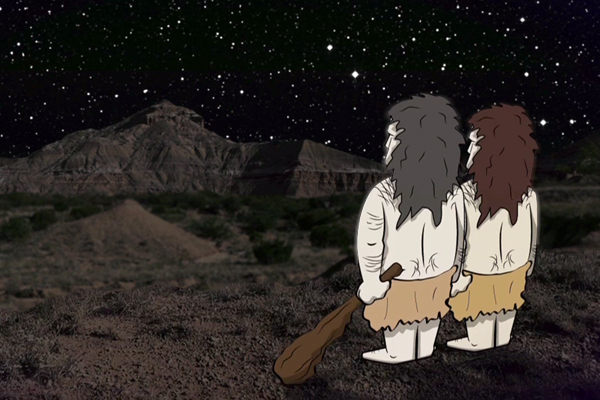
More
Billions of worlds to discover
Discovery instruments
But the two men invented and developed a technique known as radial velocity, based on the Doppler effect, to detect such objects by indirect means. It works by examining the star’s light for tell-tale signs of changes in its movement caused by the gravitational pull between it and the unseen planet.
Mayor’s success is largely due his talent for technology, says Geoff Marcy, a rival exoplanet hunter at the University of California, Berkeley. “Year after year, Michel has built an instrument a factor of ten better than the previous one,” Marcy told Nature. “Every time he does it, I’m amazed.”
The next step – to find an Earth-like planet that is far enough from its star to harbour liquid water, and potentially life – remains a challenge. But with instruments improving all the time, Mayor predicts that it will happen within five years. He has every intention of remaining a part of that search.
“When you are in the dome, looking at the sky with a new instrument for the first time and you start to see that it is working and better than expected,” Mayor told the journal. “It is a huge pleasure.”

In compliance with the JTI standards
More: SWI swissinfo.ch certified by the Journalism Trust Initiative
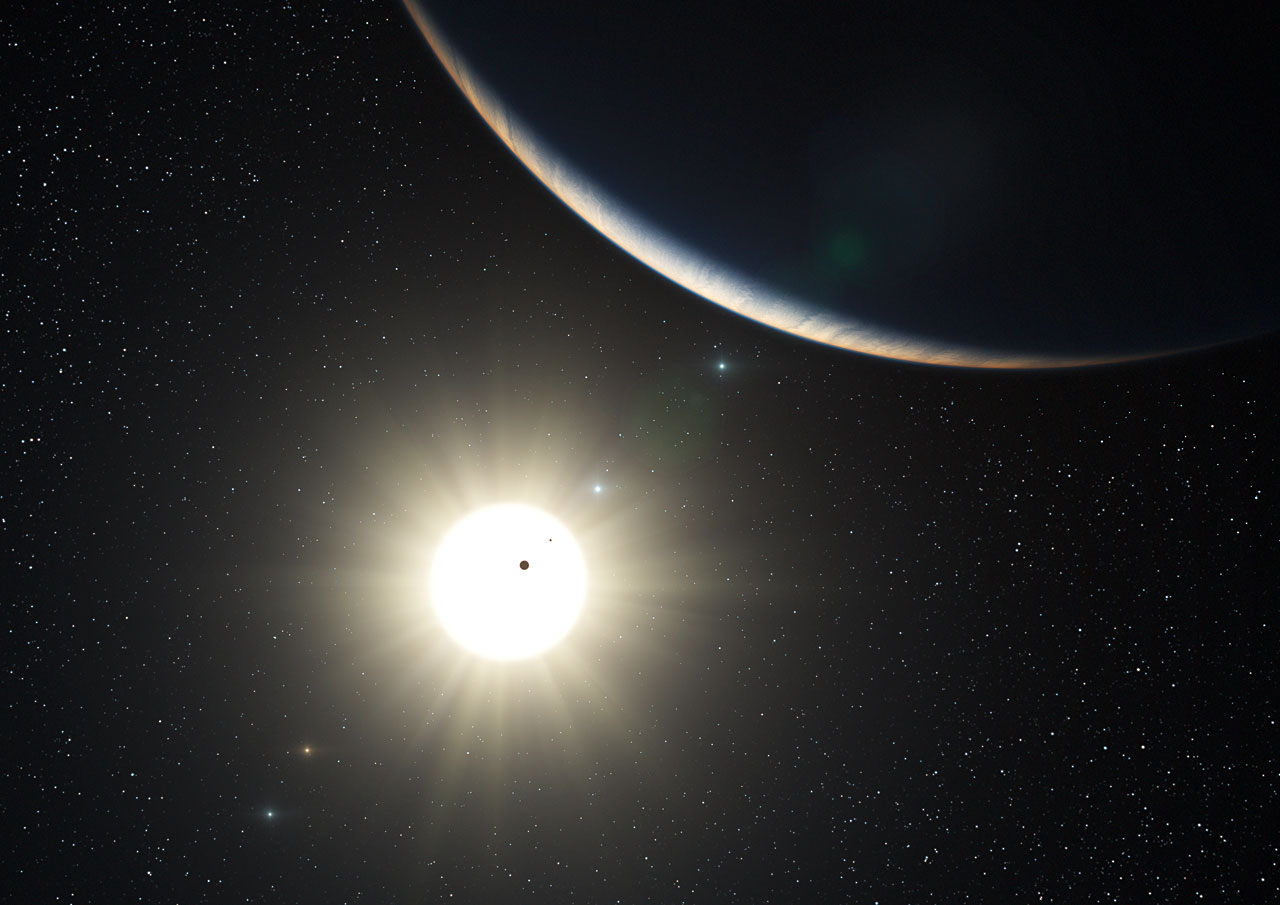
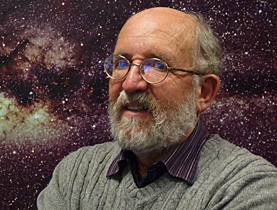
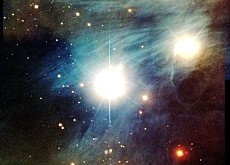
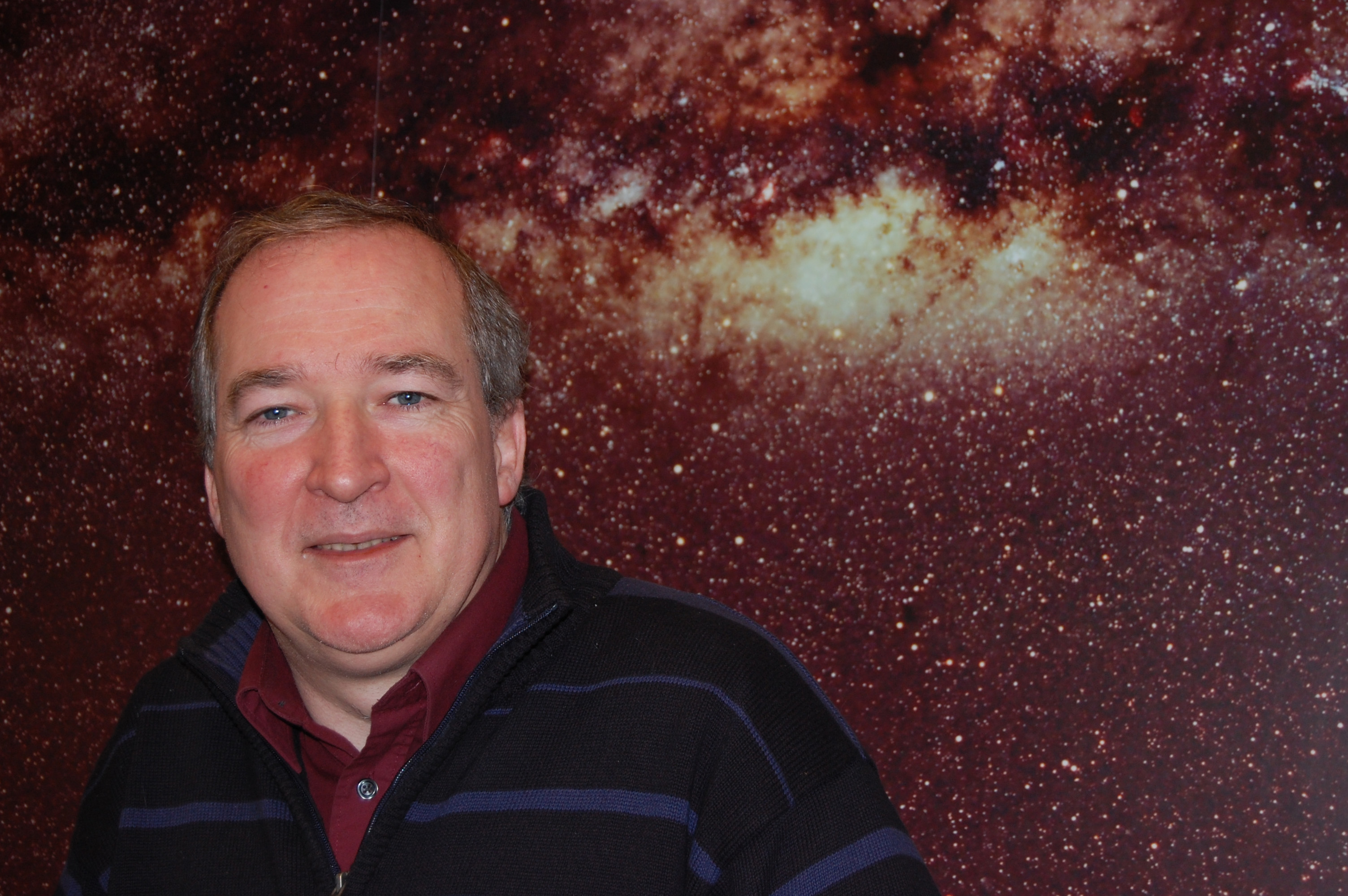
You can find an overview of ongoing debates with our journalists here. Please join us!
If you want to start a conversation about a topic raised in this article or want to report factual errors, email us at english@swissinfo.ch.